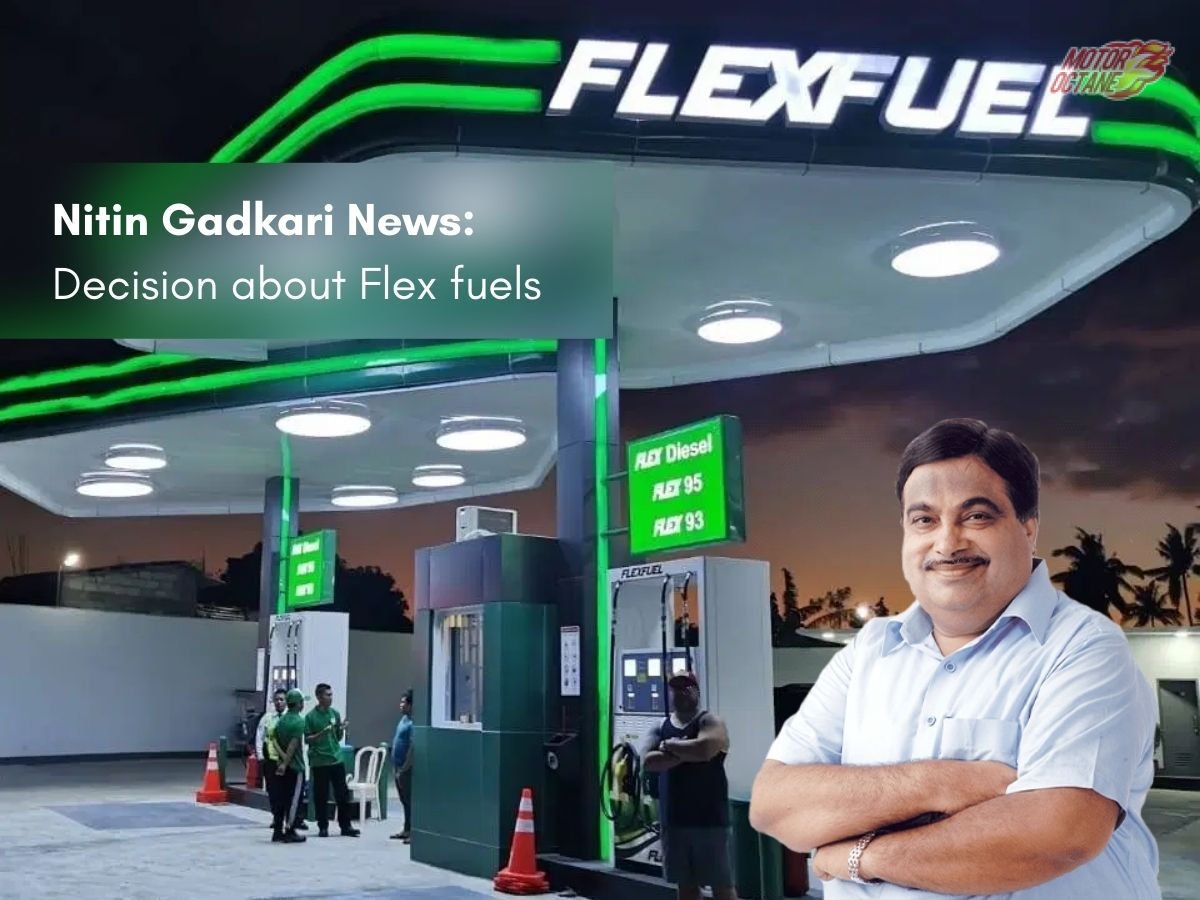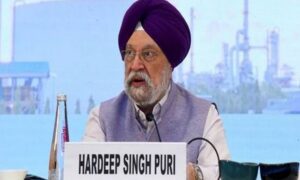Flex Fuel to Solve Indian Fuel Crises

Flex fuel engines can run on various ethanol-petrol blends, offering flexibility and reducing dependence on fossil fuels. This shift aims to lower fuel import costs and stabilize prices. Rising fuel prices are driven by high global oil costs and supply issues. Flex fuel’s benefits include decreased reliance on imported fuels and reduced emissions. However, challenges include higher vehicle costs and limited ethanol infrastructure. The government’s push for flex fuel technology seeks to address these issues and mitigate rising fuel prices.
Fuel prices have been on an all time high since last month. To acknowledge that this is a problem and the government needs to fix it a push has been seen from the government towards Flex fuel. What is flex fuel and how will it solve fuel price crisis?
Nitin Gadkari, Minister for Road, Transport and highways has announced a push for an alternative fuel. This is to bring down the dependancy petrol and diesel and thereby cut down the amount of fuel imports. Here alternative fuel hints towards ethanol.
Flex Fuel not a fuel?
These is nothing like flex fuel, there are flex fuel engine. These engines can run on both petrol as well as ethanol mixed petrol. Technically speaking the Petrol engine which can run CNG is too a flex fuel engine.
A specifically developed flex fuel engine will have a wider band of acceptance of fuels. Added ethanol mixed fuel makes the mixture a bit less flammable and the combustion product is different. The Flex fuel concept is feasible for cars as they have space to run the ECM as well as there is room for error with not so high revving engines.
The main problem of fuel dependancy comes when we look at the fuel consumption statistics.
Consumption statistic
Although two-wheelers are economical to run with high mileage, they are present in high number. Almost all of them run on petrol. This results in higher consumption of petrol over diesel and CNG. Addressing this consumption of fuel as well as taking steps to reduce this is very important.
Introducing flex fuel for two-wheelers will take off the burden from the petrol and will result in a much balanced demand. It would be really good if the existing vehicle could be converted in Flex Fuel engines.
What are the Drawbacks of Flex Fuel
Flex Fuel is Ethanol and there are special control modules which decide different air fuel mix to ignite this mixture. Currently there are fuel bikes that run on ethanol. The downside with these bikes is that they could cost more than their petrol counterparts. Also right now if you have an ethanol fuel pump close-by, only then it is feasible to have an ethanol bike.
Apache RTR 200 4V comes in a ethanol version. It comes at Rs 1.20 lakhs (ex-showroom). This price is lower than the updated price of the Petrol Apache RTR 4V.
If we look at the bigger picture here, the option of flex engines and reducing dependancy is not a one day changes. It has to go hand in hand with the emission norms over a considerable period of time.
Nitin Gadkari’s Statement
“Gadkari has urged car manufacturers to give priority to the indigenous production of flex engines, which can be used in vehicles using alternative fuels such as ethanol”
“Discussions were also held regarding the request by SIAM to postpone implementation of BS 6 Cafe Phase-II regulations to April 1, 2024, on the grounds that the industry is still recovering from the impact of Covid-19, and slow consumer demand.”
Source Link : https://motoroctane.com/news/215713-flex-fuel

















